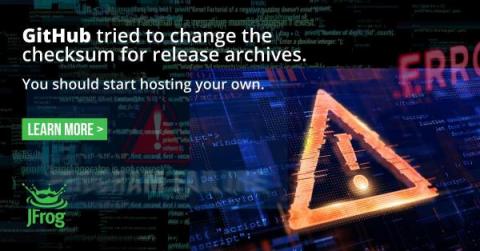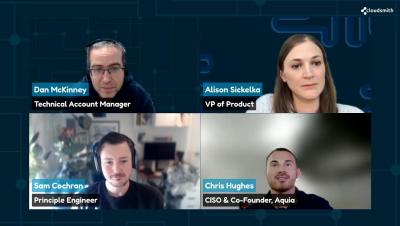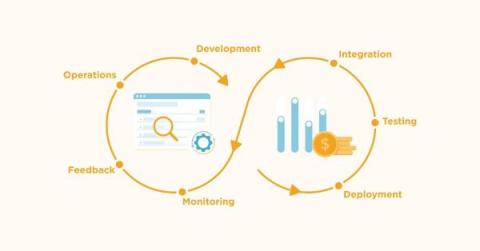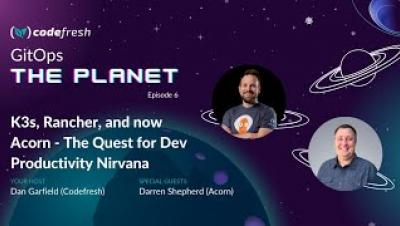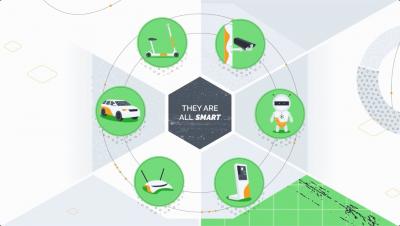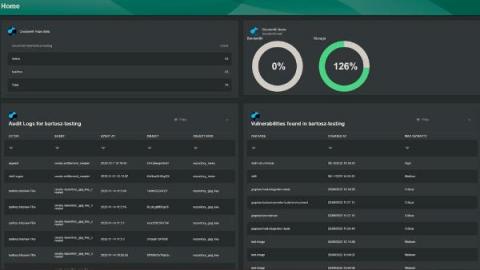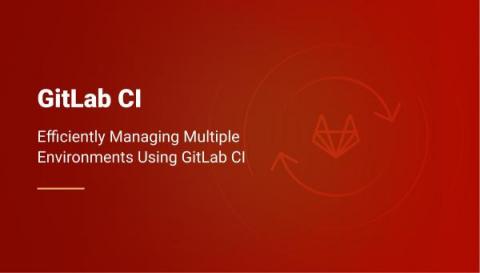Operations | Monitoring | ITSM | DevOps | Cloud
January 2023
LIVE NOW: State of DevOps | A Look Ahead at 2023
Webinar: State of DevOps | A Look Ahead at 2023
What Is A DevOps Pipeline? A 2023 Beginner-Friendly Guide
JFrog Quick Tip - How to create a virtual (maven) repo
GitOps The Planet #6 - K3s, Rancher, and now Acorn - Dev Productivity Nirvana with Darren Shepherd
Config Policies & Latest Security Features
Do DORA metrics spy on you?
JFrog Connect IoT Device Management Solution
CircleCI New Feature: An Overview of Container Runner
Get in Front of Delivery Risks by Managing Work in Progress: Turn Your DORA Metrics into Trip Wires
Introducing Project and Workspace Access Tokens
Optimizing Build Time and Getting Results Using Test Splitting
How to Preview and Diff Your Argo CD Deployments
Adopting Kubernetes has introduced several new complications on how to verify and validate all the manifests that describe your application. There are several tools out there for checking the syntax of manifests, scanning them for security issues, enforcing policies etc. But at the most basic case one of the major challenges is to actually understand what each change means for your application (and optionally approve/reject the pull request that contains that change).
CircleCI incident report for January 4, 2023 security incident
On January 4, 2023, we alerted customers to a security incident. Today, we want to share with you what happened, what we’ve learned, and what our plans are to continuously improve our security posture for the future.
Integrating Cloudsmith with Your Roadie Developer Portal
Customers can now integrate Cloudsmith with Roadie, letting users monitor key Cloudsmith data within the Roadie developer portal. Cloudsmith has just announced an exciting new integration with Roadie, a start-up that provides SaaS for Backstage, a service catalog open-sourced by Spotify that automatically tracks your microservices. Organizations use Roadie to build a software catalog and developer portal for internal systems, centralizing information in one convenient location.
GitOps The Planet (E5) | Homelabs with K8s@home
Ndustrial Expands Globally with Help from JFrog Connect
Efficiently Managing Multiple Environments Using GitLab CI
JFrog Quick Tip How to install and connect the JFrog CLI
A Fully Argo-Based Ecosystem For Continuous Delivery and Deployment
Better DevOps makes for more efficient engineering teams and more reliable releases, and when it comes to DevOps, it doesn’t get better than GitOps. According to DevOps-As-A-Service: One of the many goals of DevOps is to reduce Time To Value (TTV) and to provide faster feedback while enabling developers to easily self-service or not have to engage to get a service at all.
Critical Metrics and Alerts in the Continuous Delivery Process
Continuous delivery is a software development approach in which code changes are automatically staged for production release. A foundation for modern application development, continuous delivery extends continuous integration by automatically deploying code changes to test and production environments after the build phase. When properly implemented, developers have deployable build artifacts that have passed a standardized testing process and can be deployed to environments as needed.


